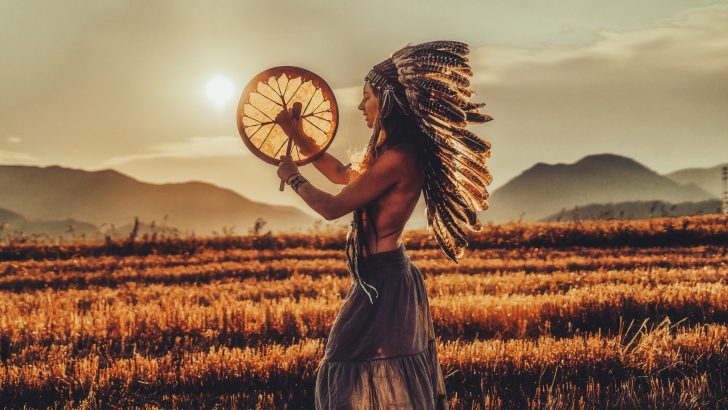Native American shamanism is a vast spiritual landscape to explore and delve into.
What is it? Well, Native American shamanism is a spiritual practice. And it’s deeply rooted in the indigenous cultures of North America. Numerous different tribes have practiced it.
With what purpose? And does it still exist today? We’re here to help you find out.
Here’s everything you need to know about Native American shamanism – and more.
What Is Native American Shamanism?
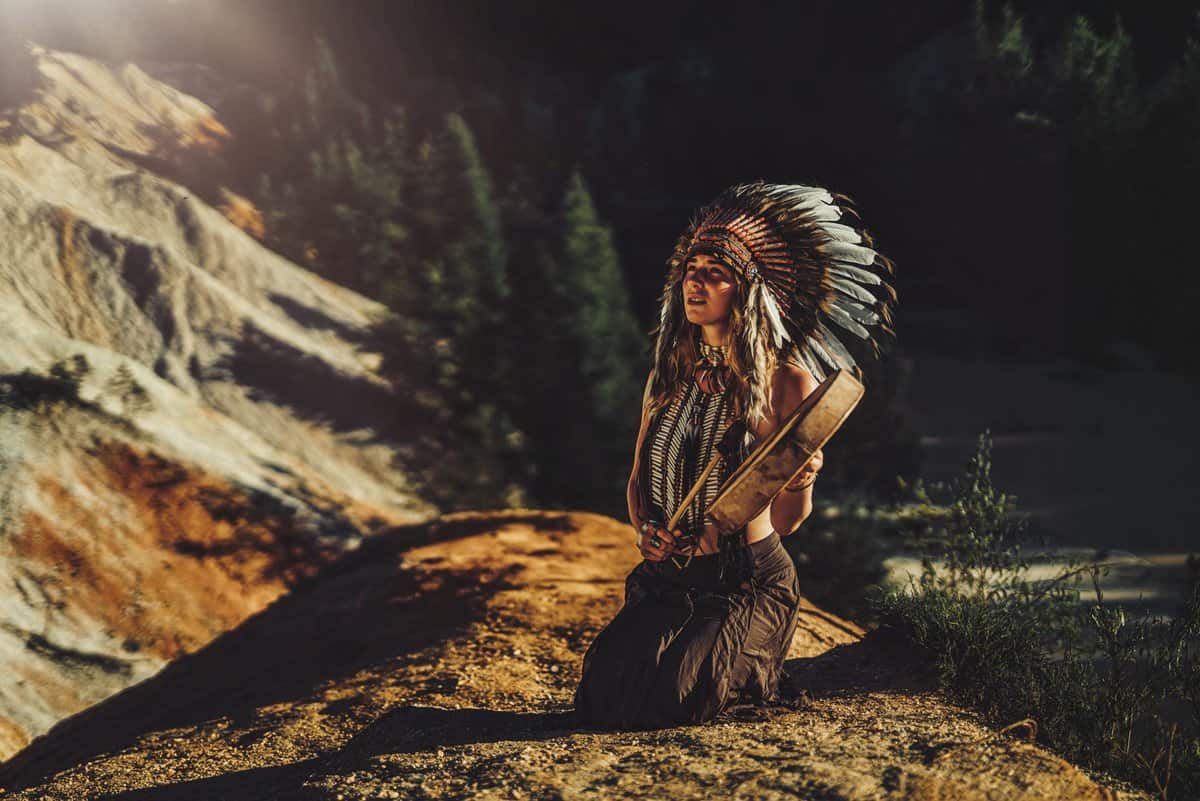
Shamanism is a spiritual practice that involves various rituals and ceremonies.
Shamans have been an integral part of North American indigenous cultures for a long time, representing a rich historical reality. Despite facing challenges, it persists today.
There’s even been a resurgence of interest in spirituality as more and more people seek to embrace and incorporate shamanic ways into their daily lives – breaking free from reality.
Native American shamans acted as guides into the spiritual world.
But they were so much more than that.
A shaman could heal when necessary. They could provide much-needed wisdom and guidance to their tribe. And, sometimes, they embraced the responsibility of a leader.
From healing practices to mind-altering rituals – shamans were multifaceted.
Native American shamanism prioritizes the oneness of, well, everything. Shamans realize the interconnected nature of all living beings. And they live in harmony with the wildlife.
Shamans revere animals and often engage in herbal medicine.
In other words, they harness the energetical properties of nature.
Totemism is a well-known aspect of Native American shamanism. Every tribe adopts animal totems to symbolize energies. Animals serve as guides. But they’re also teachers.
The richness of the Native American world is worth examining in-depth.
So, what do Native American shamans believe in?
What Do Native American Shamans Believe?

Did Native Americans have religious beliefs?
Well, shamanism technically isn’t a religion, but it’s a spiritual way of life.
And they believed in many things, most of all the power of nature.
Native American cultures believed in oneness. In other words, they thought all living beings – from human beings to plants and animals – were spiritually interconnected.
And it’s by revering these connections that they engage in spiritual practices.
Everyone and everything is connected. So, there’s a need for balance and harmony.
A Native American shaman would go above and beyond to preserve it.
Native American shamans could access the spirit world. With what purpose? Often to find healing energy. Sometimes, to harness wisdom and guidance and share it with people.
In other words, a shaman acted as an intermediary between the physical and the spiritual.
And this is true for all shamanic cultures; it’s the essence of shamanism.
Native American culture is enriched with various rituals, such as drumming, dancing, and chanting. Through these shamanic practices, they elevated their minds and souls.
Shamans would engage in these practices to reach a higher state of consciousness.
Sometimes, that meant consuming hallucinogens and embarking on a spiritual journey.
Here’s how Native American shamanism compares to other shamanic traditions:
But what practices made Native American culture unique?
And how did shamans access the spirit world, precisely?
Let’s take a closer look and dissect their rituals, practices, and ceremonies.
What Do Native American Shamans Practice?
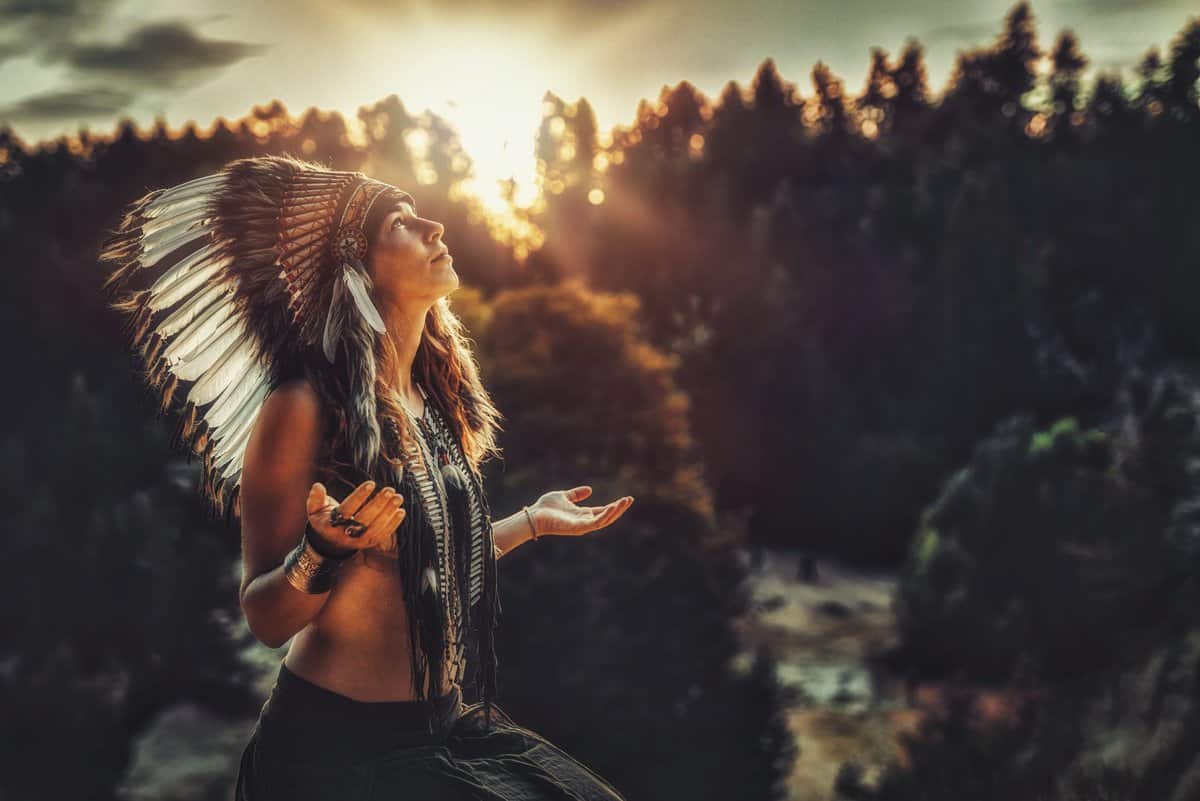
Native American Indians engage in dynamic rituals, such as drumming, dancing, and chanting. Drums are a standard shamanic instrument and a must-have shamanic tool.
Why? Because the rhythm of the drum serves as a conduit for positive spiritual energy.
It elevates vibrations and helps induce altered states of mind.
But why dance? Dancing expresses that spiritual energy and allows it to flow freely, helping people expand their spirituality through rhythmic and intentional movements.
In other ways, it’s how people reach into the spiritual realm.
Besides this, a Native American Indian often chased after dreams and visions. Why? Because dreams and visions lead to otherworldly insights that can nourish spirituality.
More than that, dreams and visions would allow shamans to foresee the future.
Sometimes, their rituals revolved solely around harnessing the power of a vision.
Every spiritual practice and ritual often involved using a totem – or more of them.
Totemism is essential to Native American beliefs, representing distinct energies and properties of animals. And these sacred animals acted as guides and sources of power.
A Native American shaman ritual often involved utilizing plants for medicine and healing.
Other than that, they used it to induce enlightened states of mind and see beyond.
So, Native American society and culture had a variety of rituals and practices.
But are they practiced today? Does Native American shamanism exist in modern times?
Does Native American Shamanism Still Exist?

The term ‘shamanism’ is prevalent in modern society.
But the question stands: do Native Americans practice shamanism today?
Some, yes, but not all. Each society and culture is different. Some are religious in another sense. Yet, some still believe and actively participate in shamanic rituals and practices.
So, there’s no doubt that shamanism is still around in North America.
But where can you find shamanism in the United States of America?
Well, there are many indigenous people on the northwest coast.
Some practice shamanism – and some don’t. But it continues to persist.
Despite facing challenges throughout history, Native Americans continue to preserve their culture and heritage, communicating with the spirits of nature and finding enlightenment.
Various tribes continue to maintain and practice their traditional spiritual beliefs.
So, it’s still around. But can you become a Native American shaman?
Can You Become a Native American Shaman?
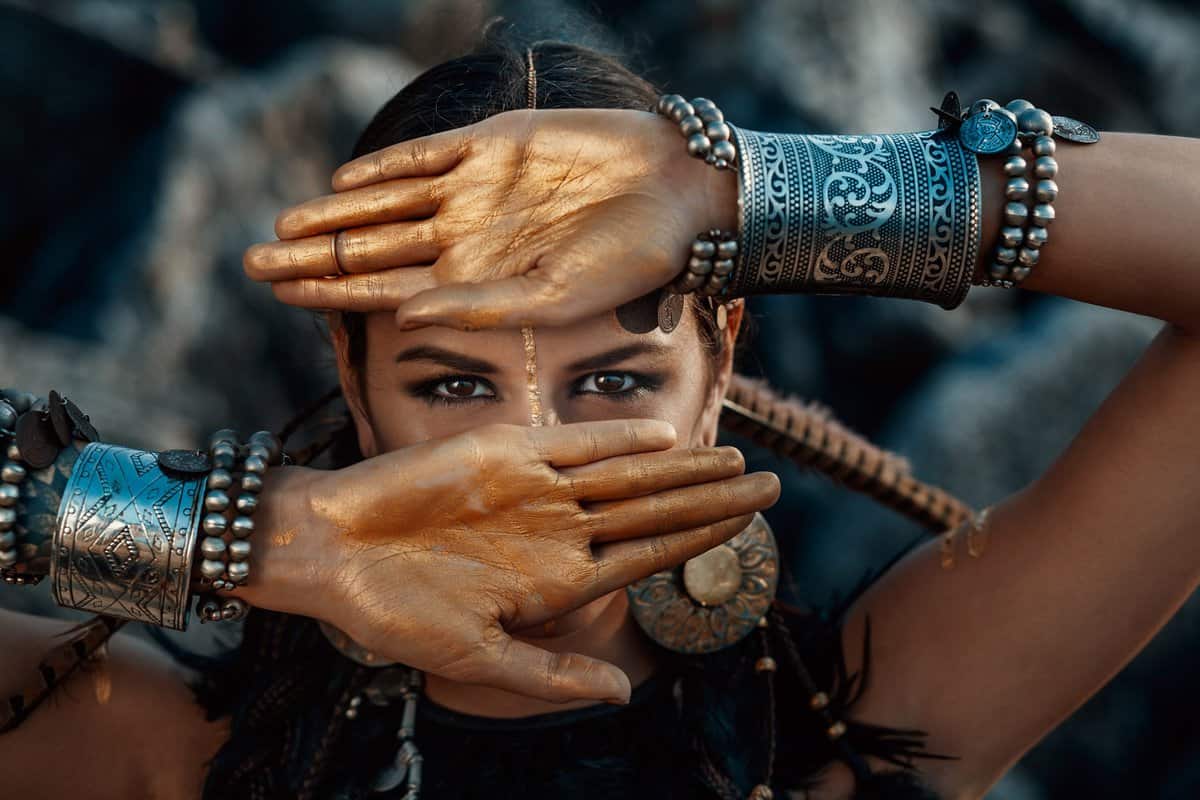
Each tribe has its traditions, teachings, and, sometimes, religious beliefs.
In some tribes, the door to becoming a shaman is open – even to outsiders.
But some tribes are exclusive only to those within it. So, only those chosen by spirits can take up the mantle of a shaman and guide their community. Others don’t get that choice.
But if the path is open for you, don’t rush. Take some time to think about it.
Becoming a shaman demands years of practice, sacrifice, and tremendous devotion.
It takes change. You leave the life you know to embrace the shamanic ways.
Some Native Americans can be very strict and don’t take lightly shallow endeavors.
But even if you don’t embrace the path of a shaman, you can still study and learn from Native Americans who practice it. You can incorporate their knowledge into your life.
Sprinkling a little bit of shamanism into your day-to-day can go a long way.
After all, we’re all stuck in the machine. And spirituality is the way out.
In Conclusion

Native American shamanism represents a spiritual path.
It’s a way to access the spirit world and engage in soul-enriching shamanic rituals.
Shamans can heal, guide, lead, and elevate the minds of those around them.
And Native Americans still preserve the shamanic way despite challenges.
Some tribes are religious in another sense, but shamanism has deep roots. It’s ingrained into the very soil of the United States. And it has withstood the test of time over the years.
Today, there’s a lot of interest in Native American culture.
And, more importantly, more awareness and preservation efforts.
So, learn about their traditions and let the shamanic way uplift your life.
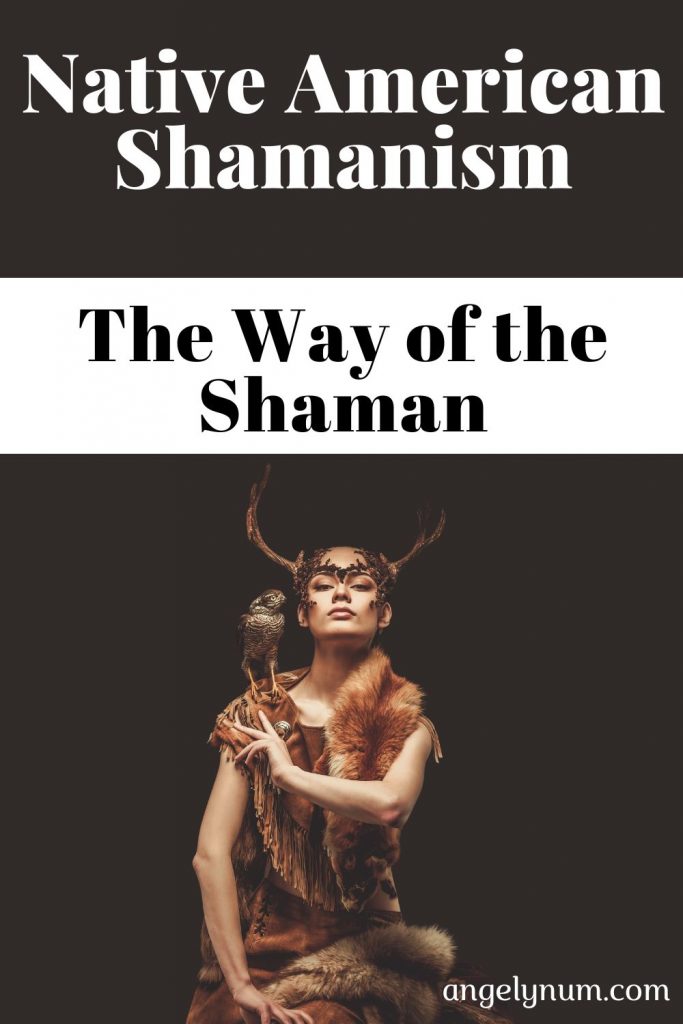

Painting and writing – these are two passions that I have been perfecting for a decade. I’m passionate about exploring the connections between the stars and numbers. Through insightful articles you can learn how these ancient practices can offer guidance, clarity, and self-discovery.

